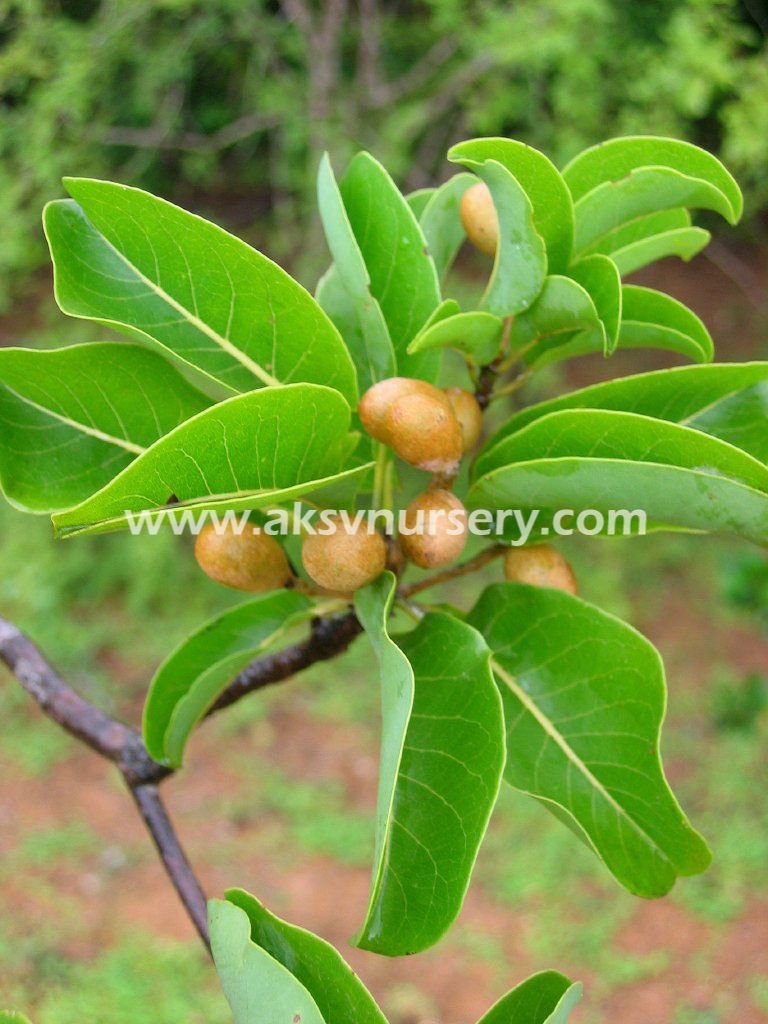Terminalia catappa
Family: Combretaceae
Tropical Almond, Badamier, Java Almond, Indian Almond, Malabar Almond, Singapore Almond, Ketapang, Huu Kwang, Pacific Almond
Origin: India
It is a large deciduous stately tree, growing up to 90 feet tall with horizontal whorls of branches offering clusters of foot long, obovate leaves that turn pink-red to red – yellow before falling. It thrives as an ornamental tree in many tropical cities in the world. The greenish – white female – and male flowers are on the same tree; these flowers are inconspicuous and not very showy. It has large (2 – 3 inches) nutty fruits that taste very much like commercially grown almonds. The color of the oval fruit is green, yellow or reddish. In Taiwan the fallen leaves of tropical almond are used as a herbal drug in the treatment of liver related diseases. The leaves contain agents for chemo-prevention of cancer and probably have anticarciogenic potential. The kernel of Indian almond has shown aphrodisiac activity; it can probally be used in treatment of some forms of sexual inadequacies (premature ejaculation). Ethanol extract of the leaves shown potential in the treatment of sickle cell disorders. Tropical almond has antibacterial properties. It is used by breeders of tropical aquarium fishes to keep them healthy. In Suriname’s traditional medicine, a tea from the leaves is used against dysentery and diarrhea. Has salt and drought tolerance. As is the case with many tropical trees, tropical almond can be grown in a container where its size can be controlled for many years.





